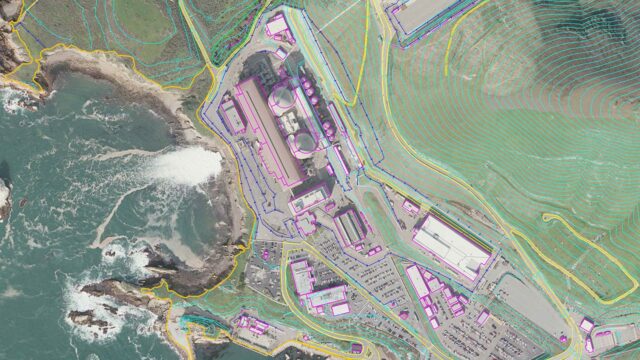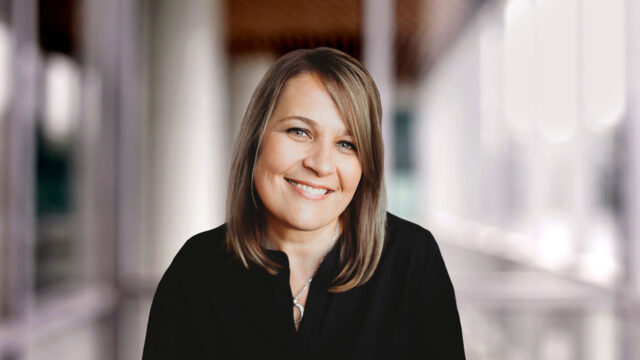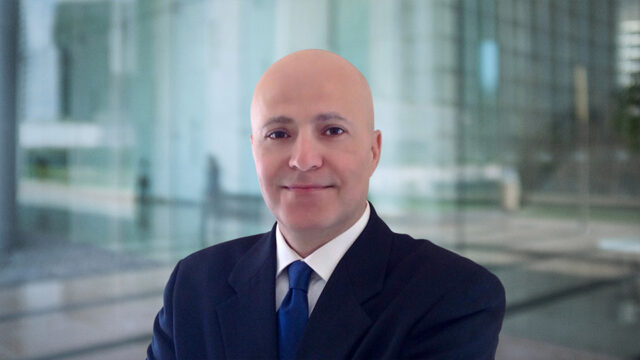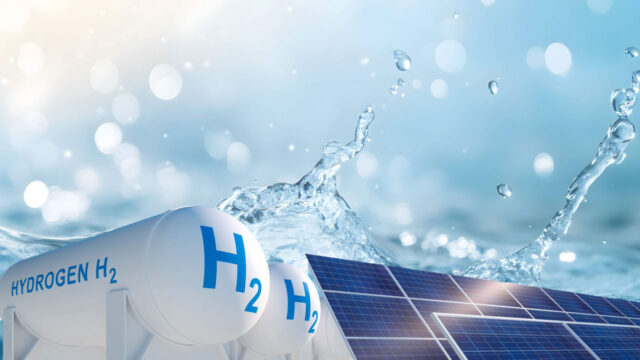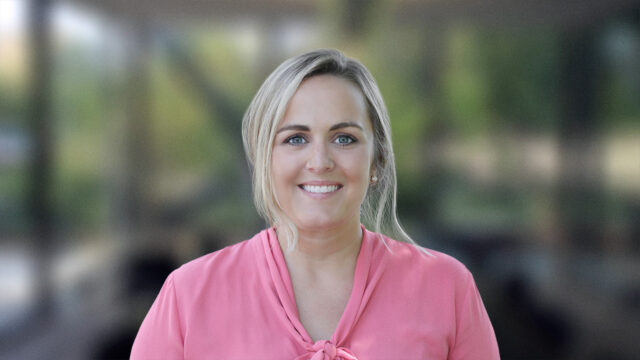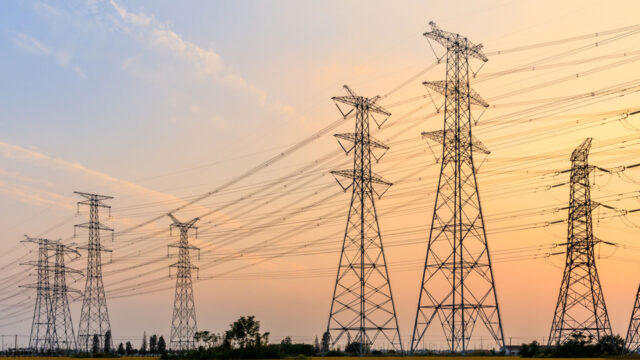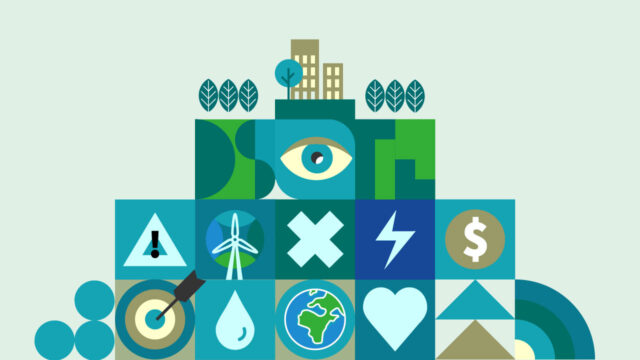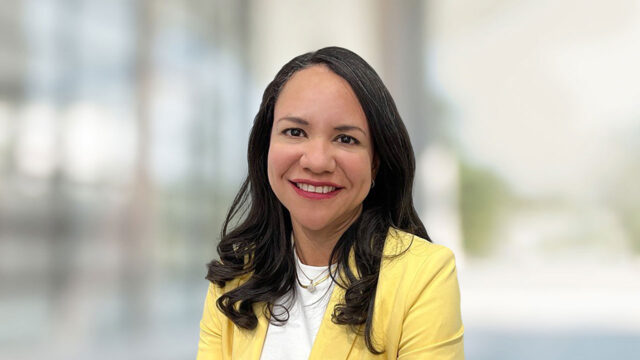Energy News & Insights
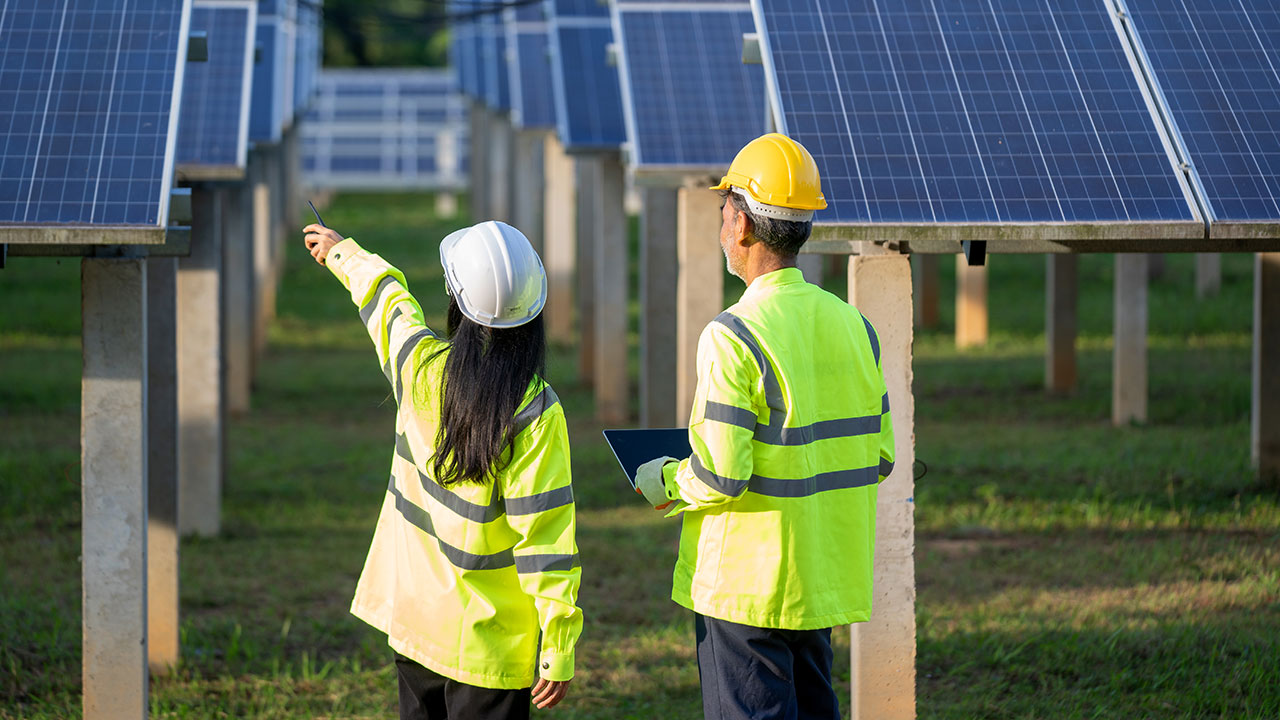
Our interdisciplinary teams of energy professionals combine our Leading with Science® approach, local expertise, and regulatory knowledge to deliver innovative solutions in the energy sector.
Our featured energy insights
Our energy insights
Connect with us. Reach out to our sustainable energy solutions experts.
Create a future with us
Our people around the world are supporting our mission and vision for a sustainable world. Join us today.
